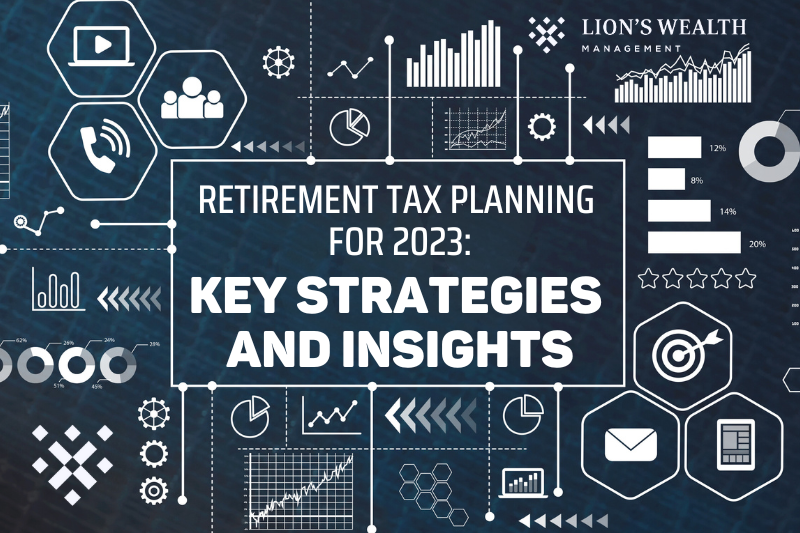Planning for retirement involves more than just setting aside money for the future. It requires a comprehensive understanding of tax implications and strategic decision-making to optimize your retirement income and protect your financial well-being. In this blog post, we delve into the intricacies of retirement tax planning for 2023, offering valuable insights and key strategies to help you navigate the ever-changing tax landscape. Whether you’re a seasoned retiree or just beginning to plan for your golden years, this guide will provide you with the knowledge and tools necessary to make informed choices and secure a prosperous retirement. Let’s embark on this journey of financial empowerment and discover the crucial aspects of retirement tax planning together.
Part 1: Embracing the SECURE Act – Unveiling the SECURE Act 2.0 Provisions
The SECURE Act introduced significant changes to beneficiary options, such as the elimination of the stretch IRA and the implementation of 10-year payout rules for beneficiaries. Understanding these new tax laws, adapting to IRS RMD rule modifications, and updating beneficiary forms are vital to ensure the distribution of retirement assets aligns with your wishes.
Part 2: Unlocking the Potential of the Secure 2.0 Act:
The Secure 2.0 Act presents further provisions and opportunities for effective retirement tax planning. Key highlights include harnessing inflation planning, maximizing RMDs, and leveraging reverse RMD planning to safeguard retirement savings from future tax obligations.
Part 3: Strategic Roth IRA Conversion Planning:
Roth IRA conversions offer a strategic avenue for optimizing retirement tax planning. Explore Ed Slott’s 3-Year Plan to capitalize on inflation and tax advantages, evaluate the pros and cons of Roth conversions, and grasp the benefits introduced by the SECURE 2.0 Act.
Part 4: Harnessing the Power of Life Insurance Planning:
Life insurance plays a pivotal role in wealth transfer planning, particularly considering recent tax rule changes that have diminished the attractiveness of IRAs for families. Discover strategies such as updating your IRA estate plan, exchanging IRAs for life insurance, and utilizing life insurance trusts to plan for larger inheritances with enhanced control and reduced tax burdens.
Part 5: Strategic Charitable Tax Planning with QCDs:
Qualified Charitable Distributions (QCDs) provide a remarkable opportunity to contribute to charitable causes while optimizing your tax situation. Gain insights into timing considerations, avoid common errors, and explore the utilization of IRAs for charitable planning, including the exploration of charitable remainder trusts (CRTs) involving IRAs.
Part 6: Crafting an Effective Action Plan:
Creating a robust action plan is essential for implementing retirement tax strategies successfully. Assess your current financial standing, set clear goals, collaborate with a specialized financial advisor in retirement tax planning, implement tax optimization strategies, and stay updated to adapt to changing circumstances.
Part 7: The Significance of Proactive Retirement Tax Planning:
Proactivity is key to achieving financial security during retirement. By staying informed, collaborating with professionals, and adopting a proactive approach, you can optimize retirement income, minimize tax liabilities, and ensure a seamless wealth transfer to your beneficiaries.
Retirement tax planning necessitates careful consideration, proactive steps, and staying abreast of the latest tax laws. By implementing the strategies discussed in this blog post and our video series, you can navigate the complexities of retirement tax planning and position yourself for a financially secure future. Remember, seeking guidance from qualified professionals is pivotal in tailoring these strategies to your unique circumstances. Initiate your planning journey today and pave the way for a worry-free retirement!







